What is Total Shoulder Arthroplasty?
This method involves placing an artificial metal ball and a plastic socket into the humerus and scapula to treat a deformed shoulder joint. The main types of surgery are total shoulder arthroplasty and reverse total shoulder arthroplasty.
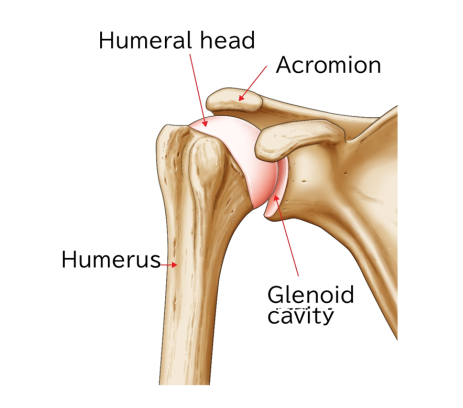
Shoulder arthroplasty is performed when a normal joint has developed osteoarthritis or cuff tear arthropathy.
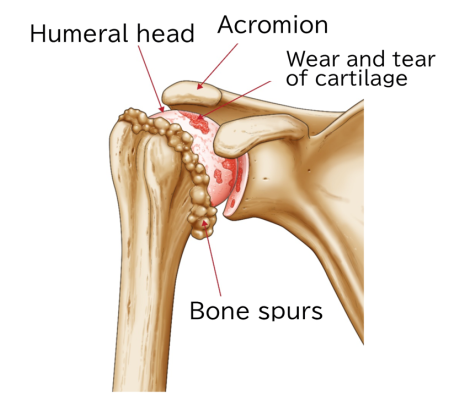
Osteoarthritis of the shoulder: The cartilage of the humeral head and the glenoid cavity is worn down.
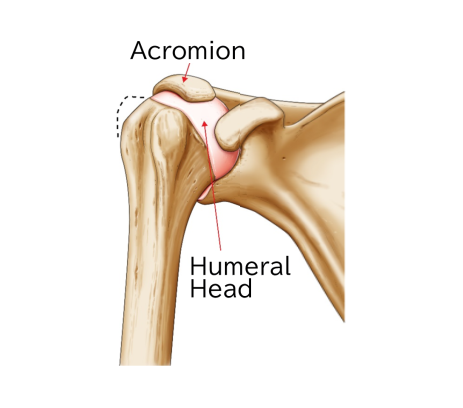
Cuff tear arthropathy: Due to a rotator cuff tear, the space between the humeral head and the acromion is lost, and the cartilage of the humeral head is worn down.
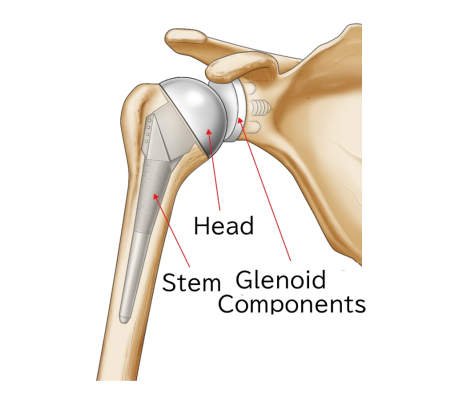
Total shoulder arthroplasty: The humeral head is removed and replaced with a metal ball (head), and a glenoid component is placed in the worn glenoid cavity to restore smooth joint movement.
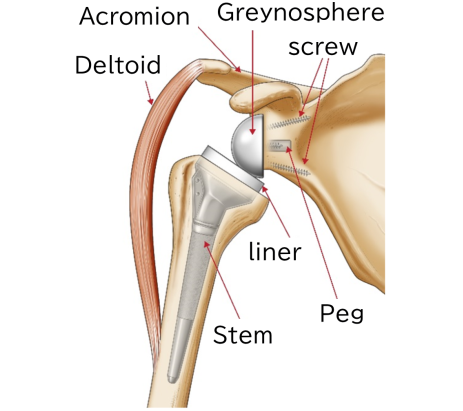
Reverse total shoulder arthroplasty: The humeral head is removed, a metal ball (called a glenosphere) is placed on the scapula, and a stem and liner are placed in the humerus to create a smoothly moving joint.
Artificial Joints

In cases of degenerative shoulder arthritis where conservative treatments do not alleviate symptoms and the patient seeks pain relief and improved mobility, joint replacement surgery is recommended.
- What is Total Shoulder Arthroplasty?
- Anatomical Total Shoulder Arthroplasty (Total Shoulder Replacement Surgery)
- Rotator Cuff Tear-related Degenerative Shoulder Arthritis
- Joint Replacement Surgery for Patients with Rheumatoid Arthritis
- Revision Shoulder Arthroplasty (Replacement Surgery for Artificial Shoulder Joints)
- Postoperative Outcomes of Total Shoulder Arthroplasty in Elderly Patients
- Is Returning to Sports Possible After Reverse Shoulder Arthroplasty?
